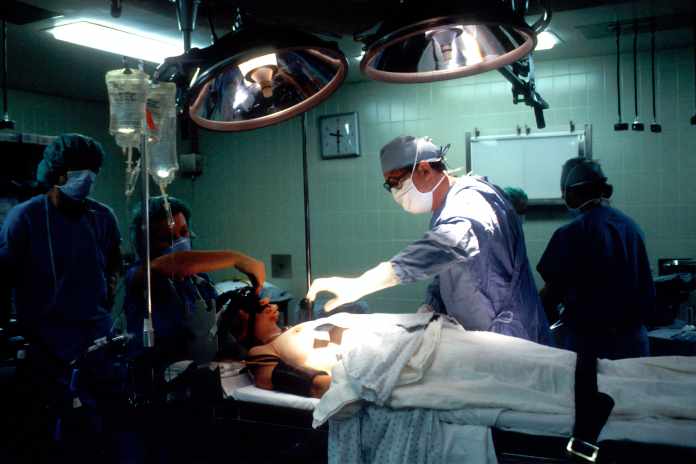Eyelid surgery, also known as blepharoplasty, is a cosmetic treatment that removes excess skin or fat from your eyelids. The main aim of this procedure is to reduce drooping or sagging eyelids. Since not everyone is fit for eyelid surgery, you should consult your ocular-plastic surgeon Houston to determine whether you are the right candidate for this procedure. People mainly have eyelid surgery for cosmetic purposes, but you can have it in your old age to improve sight by reducing sagging upper eyelid, which hinders vision.
Procedure
An eyelift surgery takes two hours if it involves the upper and lower eyelids. Your surgeon will use oral sedation and local anesthesia; a painkiller injected around your eye. Doctors in surgical centers or hospitals will use IV sedation. Surgeons can also do eyelid surgery under general anesthesia. If your surgery involves all four eyelids, your specialist will start with the upper eyelids. During the procedure, your surgeon will cut along the natural lines of the eyelids. The incision will enable the surgeon to separate your skin from the underlying tissue and remove excess skin or fat. Your specialist will then close the cuts using tiny stitches, and upper lid stitches last three to six days. Depending on the procedure used, lower lids may not require stitches.
Lower eyelids surgery involves one of several methods. One method is where your specialist makes an incision inside your eyelid to remove excess fat, and the cut will not be visible. The specialist can then soften your skin’s soft lines using erbium laser treatment. Another procedure involves your surgeon making an incision along your eyelash’s margin to remove excess fat, skin, or muscle. The cut line will fade away within a short time. Your surgeon may recommend a laser resurfacing after these processes.
After the surgical process, while still in your recovery room, your doctor will put ointment in your eyes to keep them moist and cover them with cold compresses. The ointment may give you blurry vision right after surgery, be sensitive to light exposure, and your eyes might feel dry or watery. Sleeping with your head raised and placing icepacks on your eyes for the first night will help. Your surgeon will offer instructions on how to take care of yourself for fast recovery. You may experience swelling or bruising on the eyelids after surgery, but they will permanently fade away within two weeks.
Complications
Eyelid surgery can result in temporary blurred vision, double vision, your eyes looking uneven, noticeable scarring, or blood collecting under your skin. Although rare, eyelid surgery can lead to severe complications such as eye muscles injury, visual impairment, eyelid retraction, and lower lid moving away from your eye and turning outwards. Like any other operation, eyelid surgery can lead to excessive bleeding, blood clots developing in the vein, infection, or allergic reactions due to the anesthesia used.
Ensure your surgeon explains complications related to any surgical procedures and how they can be treated if they occur. Tell your specialist any drugs you might be taking or any underlying conditions you might have before any medical procedure. Schedule an appointment at Elite Wellness to remove excess eyelid skin, and fat through eyelid surgery.



















